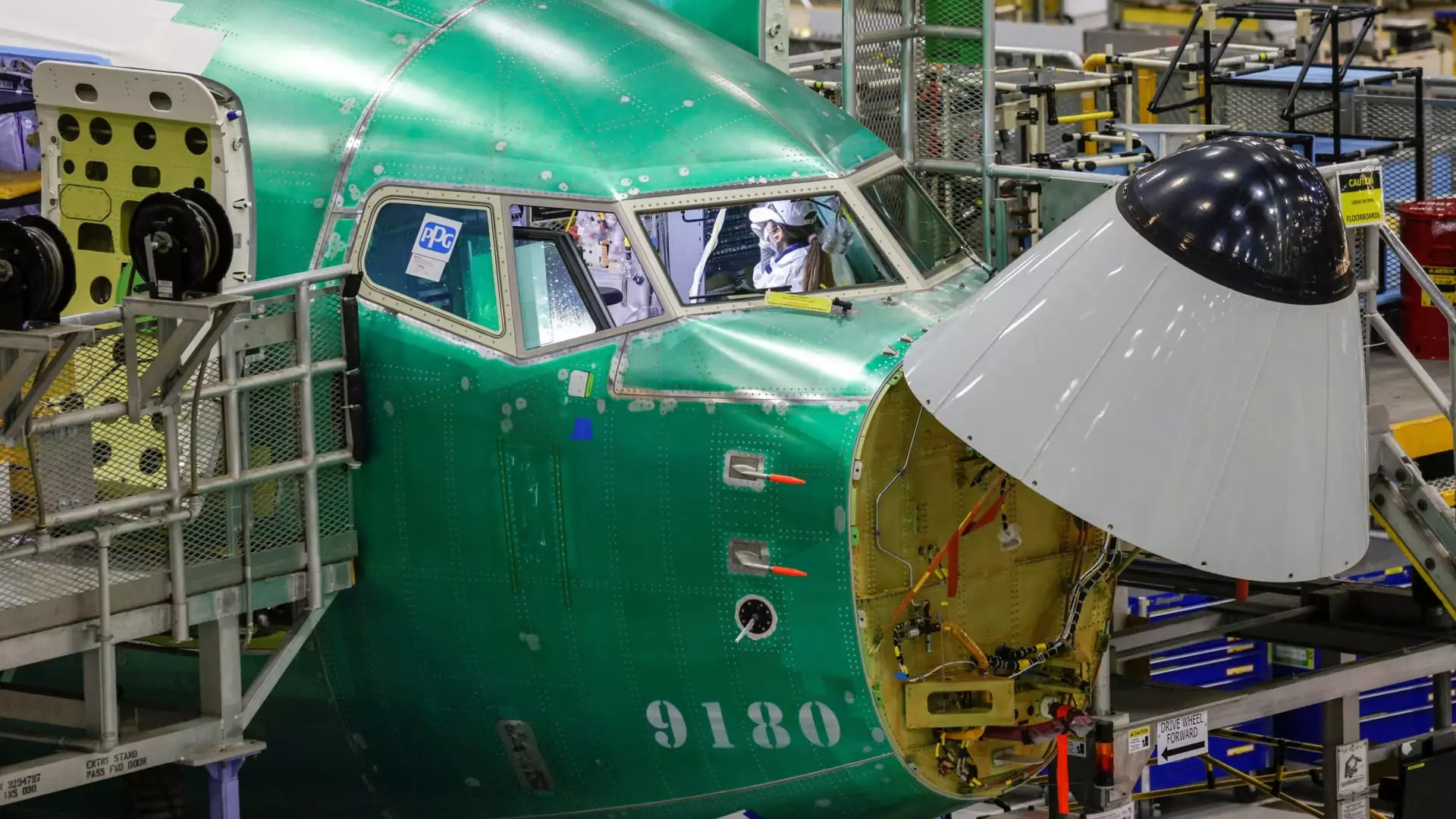After an exhaustive seven-week strike involving over 32,000 machinists, Boeing has successfully negotiated a new contract that will reintegrate workers back into their factories by Tuesday. The new agreement, approved by the machinists, promises a significant pay increase of 38% spread over four years, surpassing an initial offer that included a lesser 25%. This labor dispute highlighted the growing discontent among workers regarding pay and working conditions, particularly in an era of soaring inflation and economic uncertainty. However, while this agreement has signaled a potential return to normalcy, the path to resuming full-scale production is fraught with complexities.
Boeing reported its lowest number of jetliner deliveries since November 2020, with only 14 handovers in October, a stark reflection of the impact caused by the machinists’ strike. Among these, nine were Boeing 737 Maxes, which have faced scrutiny since the crashes in previous years led to grounding and significant reputational damage. The company’s spokesperson indicated that non-striking workers managed to execute delivery procedures during the strike, but these numbers are still a worrying sign for a manufacturer already struggling to keep pace with its chief competitor, Airbus. So far this year, Boeing has delivered just 305 airplanes, compared to Airbus’s 559.
Returning to full production will require Boeing to navigate numerous challenges, including reassessing workplace safety protocols and restating machinist responsibilities. This is no small task, especially when considering the machinery and workflows may have shifted during the strike period. CEO Kelly Ortberg emphasized the complexity of resuming operations, aptly noting, “It’s much harder to turn this on than it is to turn it off.” This implies that Boeing must not only focus on efficiency and output but also on worker safety and retraining, which could delay a complete return to productivity even further.
Despite the setbacks experienced during the strike, Boeing has managed to secure a surprising number of sales, with 63 gross orders in October alone. This suggests a resilient demand for Boeing aircraft, particularly with 40 of those orders being for the 737 Max 8 by Avia Solutions Group. Additionally, the company successfully delivered 10 787 Dreamliners to LATAM Airlines, underscoring that operations outside the strike-affected facilities remained steady. Production of the 787 Dreamliner took place in a nonunion factory in South Carolina, illustrating Boeing’s ability to adapt and mitigate risks across its manufacturing landscape.
Ultimately, as Boeing’s workforce begins to trickle back into their roles, the company stands at a crossroads. It must balance the urgency of ramping up output with the necessary caution of ensuring worker safety and retraining. The road to recovery is laden with potential challenges, but it also presents opportunities for Boeing to re-evaluate its operations in a post-pandemic economic environment, aiming not just to recover lost ground but to forge a path towards future growth and sustainability in the aerospace industry.

